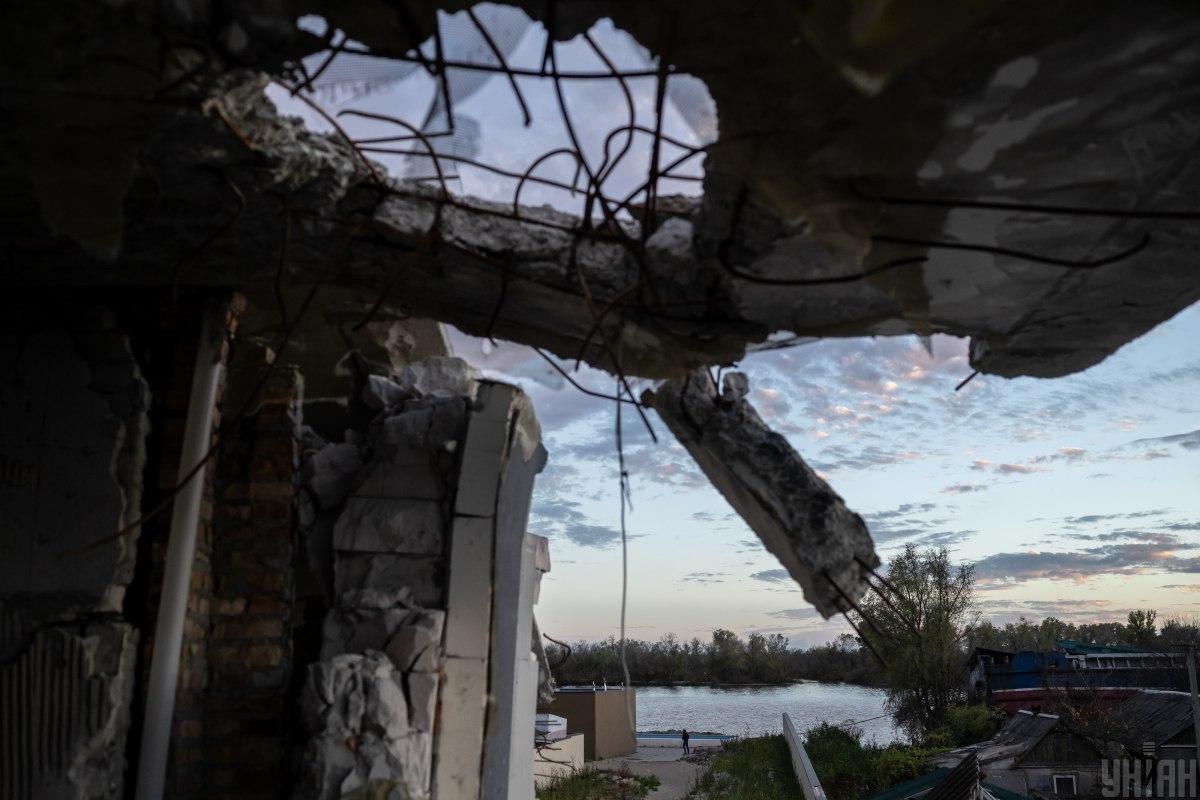
After Ukrainian forces liberated Kherson from Russian occupation, which lasted for 8 months, the enemy has relentlessly shelled the city. In June 2023, the invaders blew up the Kakhovka dam, flooding the low-lying areas of Kherson, but now the city's residents face new challenges. For six months, Russian drones have been attacking the civilian population daily, targeting cars and pedestrians on the streets. Locals refer to such actions by the Russian Federation as "safari," as reported by The Economist.
According to local authorities, since the summer of last year, Russians have conducted over a thousand drone strikes, resulting in 500 injuries and 36 fatalities.
"Surveillance drones patrol high above; smaller strike drones (known as FPV or first-person view drones), with flight times ranging from 20 to 40 minutes, land on rooftops to conserve battery life. The munitions they drop are often homemade: mortar shells, grenades, canisters filled with shrapnel or darts, and bottles of gasoline that ignite," journalists from the publication explain.
The Economist notes that all civilian structures, such as shops, schools, hospitals, private homes, and others, have become targets of Russian shelling. According to Roman Mrochko, head of the Kherson military administration, during one attack, a minibus was almost completely destroyed, yet "the driver heroically saved the injured people, delivering them, one could say, on scrap metal to the hospital."
"In coastal areas where shelling is concentrated and which the Russians have designated as 'red zones' in Telegram channels, life has come to a standstill. There is no gas, water, electricity, or communal heating. Public transport is not operational. Ambulances wait outside the zone while police in armored vehicles transport the wounded to them," the article emphasizes.
And the small number of people still living in these areas rarely dare to go outside. They listen for the ominous drone hum and run from one place to another, hiding from potential attacks. They also try to avoid using cars, which are easy targets for the Russians.
"When people do get behind the wheel, they speed up to outrun the attackers. Rain, which hampers drone flights, sometimes provides a brief respite," the publication adds.
At the same time, Irina Sokur, director of the Kherson oncology hospital, the only one in the region, spoke about the attacks by the Russian Federation, which have harmed patients, staff, and ambulances.
"On November 11, two ambulances were burned as a result of a drone attack. The next day, a third was hit. On November 26, the head of our laboratory was killed on her way to work," Sokur noted.
Additionally, one person died in their car in a parking lot while waiting for a relative after treatment. As for Irina Sokur, she has been pursued by drones twice. By early winter, almost all patients had been evacuated, and on December 20, two glide bombs destroyed the medical facility.
Currently, the aim of such Russian shelling in Kherson remains unclear. Mrochko believes that the occupiers are training their drone pilots on the civilian population of the city.
"Or it could be a tactic to create a buffer zone, or preparation for an offensive aimed at reclaiming part of the western bank of the river. The frequency of artillery strikes on Kherson is also increasing. The shelling that hit the oncology hospital on December 20 was the largest since the liberation of the city—a barrage of over 1,000 shells covered an unsuccessful attempt by Russian troops to advance closer to the city," The Economist reminded.
In turn, Belkis Ville, a representative of the Human Rights organization, states that such shelling is "deliberate" and may prompt local residents to evacuate from Kherson. According to her, Russian drones are specifically targeting the civilian population.
The Situation in Kherson Oblast - Latest News
Earlier, an official revealed the truth about life on the left bank of Kherson Oblast. She stated that the most difficult period for the residents of the occupied Oleshkov community can be described as the times of Russian rotations, as the new Russian soldiers who arrive there attempt to steal something and bully someone.
It was also reported that on January 9, the enemy dropped three KABs on Kherson, resulting in the destruction of residential buildings and many residents sustaining injuries. In particular, the injured women and men suffered blast injuries and shrapnel wounds.